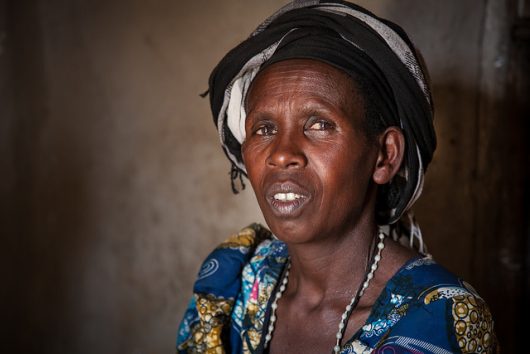
Many people in developed countries take things for granted, whether a clear blue sky or a cheeseburger from McDonald’s. However, across the world, approximately 805 million people around the world are undernourished, consuming well under the recommended number of calories per day. Those suffering from poverty often do not have the money to purchase food or land on which to produce it, resulting in global suffering. Some businesses are aware of this issue and want to help make a change, using their influence to make an impact on world hunger.
5 Businesses that Support Ending World Hunger
- Walmart: Walmart’s philanthropy revolves around addressing hunger, health and how to make sustainable food a reality. In 2018, the Walmart Foundation announced a five-year commitment plan to give $25 million in grants to smallholder farmers in India. These funds will give farmers access to better agriculture technology, more sustainable techniques and skill-building.
- Panera Bread: Panera Bread has previously partnered with the World Central Kitchen to provide meals to those suffering from food scarcity. Amid the COVID-19 pandemic, Panera Bread has partnered with Chef José to continued their philanthropy by providing meals nationwide – beginning with cities in the most critical situations. Panera Bread is not only donating but also offering their kitchens and resources, and partnering with vendors and supply chains to donate excess food.
- General Mills: General Mills is one of the founding members of the Global FoodBanking Network, an international nonprofit organization that aims to create a hunger-free world. General Mills and Global FoodBanking Network understand the importance of food waste and are working with food banks to reduce hunger and malnutrition. Through this partnership, General Mills has been able to provide 201 million meals to those in need since 2010.
- Kraft Heinz Company: The Kraft Heinz Company Micronutrient Campaign was created to provide access to nutritional supplements and ensure the healthy development of those in other countries. This campaign distributes micronutrient powders rich in vitamins, minerals and supplemental iron to mix into children’s food. The Kraft Heinz Company has effectively treated and prevented iron deficiency, anemia, and other vitamin deficiencies through these efforts.
- Western Digital: Through partnerships with Rise Against Hunger and Latet, Western Digital, a computer and data storage company, packaged over six million meals for those in need in 2019. Western Digital is passionate about the health of the body and mind and believes that to achieve a healthy lifestyle, nutritious meals are a necessity. By providing these packaged meals, Western Digital hopes to improve student health, promote education and stimulate economic growth.
World hunger is a problem that will not be solved overnight. Companies such as those listed above understand the importance of aiding those who struggle to obtain proper sustenance every day. These five businesses that support ending world hunger have partnered with incredible organizations devoted to providing children and their families with nutritional food and vitamins needed for healthy growth. Through their efforts, they are making a large impact on world hunger.
– Ciara Pagels
Photo: Flickr
 Ending world hunger isn’t an easy task. For decades now, famine and food insecurity have caused problems worldwide. When kids are malnourished, they are unable to successfully
Ending world hunger isn’t an easy task. For decades now, famine and food insecurity have caused problems worldwide. When kids are malnourished, they are unable to successfully 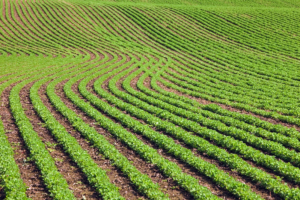
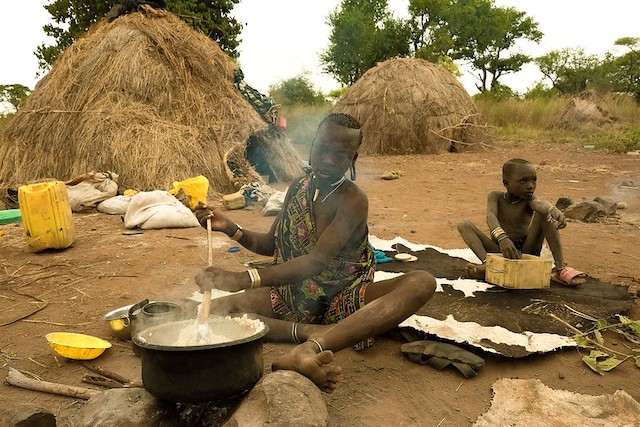 More than
More than  The cathedral of Notre-Dame de Paris is a
The cathedral of Notre-Dame de Paris is a 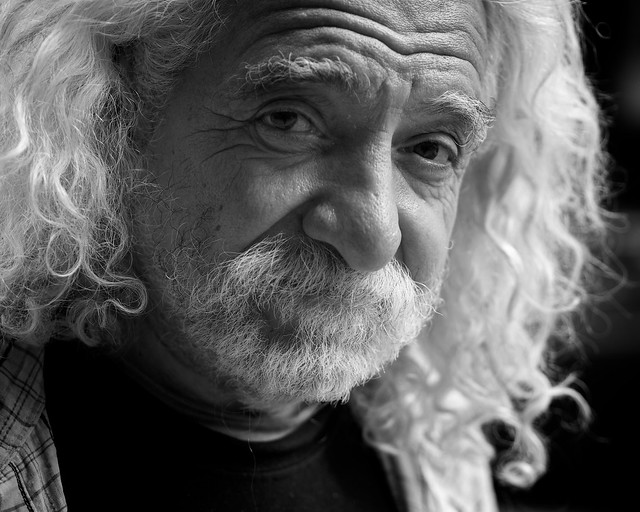 Einstein changed our scientific understanding of the universe. He was also and continues to be a palpable figure in the zeitgeist. After receiving global acclaim for his research, culminating with the Nobel Prize in 1922, Einstein put his newly acquired fame to good use. He used his platform on the world stage to promote and fight for causes of global development and unity.
Einstein changed our scientific understanding of the universe. He was also and continues to be a palpable figure in the zeitgeist. After receiving global acclaim for his research, culminating with the Nobel Prize in 1922, Einstein put his newly acquired fame to good use. He used his platform on the world stage to promote and fight for causes of global development and unity. 
 One of the United Nations’ Sustainable Development Goals is the elimination of poverty. This is necessary to achieve worldwide prosperity. Billions of dollars have been spent on projects attempting to eradicate and reduce poverty. However, many of these projects have failed. The eradication of poverty has been an international focus for several years. While its causes are worrying, its effects are more damaging.
One of the United Nations’ Sustainable Development Goals is the elimination of poverty. This is necessary to achieve worldwide prosperity. Billions of dollars have been spent on projects attempting to eradicate and reduce poverty. However, many of these projects have failed. The eradication of poverty has been an international focus for several years. While its causes are worrying, its effects are more damaging.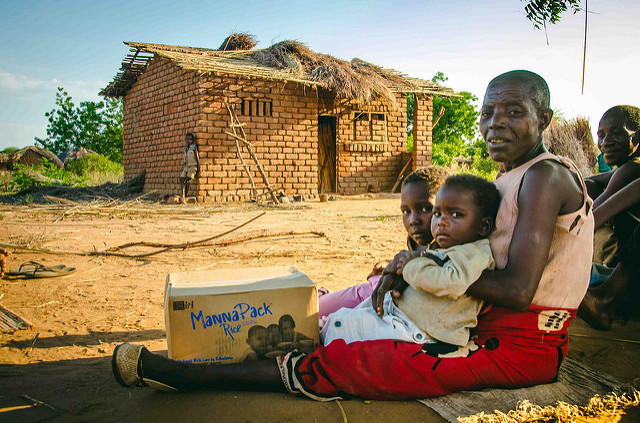 There are many people in this world who wish to use their
There are many people in this world who wish to use their 